‘Smart Machines’ will enter mainstream by 2021, says Gartner

Intelligent automated machines are set to become the industry norm, according to boffins. IT research specialist, Gartner, believes the application of artificial intelligence and cognitive computing, or ‘smart machines’ will become an increasingly regular sight in the next decade. Smart machines are defined by Gartner as technology capable of learning on their own and adapting […]
7 ways Generation Z will change the working world

A new study has revealed a number of key ways that the next generation of workers will affect the landscape in 2017. Traditionally described as being born between the mid-1990s and early 2000s, ‘Generation Z’ represents the new wave entering the workforce this year. Communications specialist 8×8 has released a study in which full-time and […]
EE brings 1,000 jobs to UK & Ireland

100% of EE customer service calls will now be answered within the UK and Ireland as the company has created over 1,000 jobs in the last year. The announcement follows parent company BT’s announcement of introducing 500 more positions to tackle increased customer demand. Unlike its parent company, EE is among the least complained about mobile companies […]
Top tips for workplace recovery

Business continuity is critical for building resilience within your company by allowing you to work through a disruption and giving you time to recover. Most understand the need for business continuity, but it’s often seen as too expensive or time consuming to address, but this doesn’t need to be the case. IT and recovery specialist […]
Industry Spotlight: Premier CX – top 30 energy supplier customer call experiences
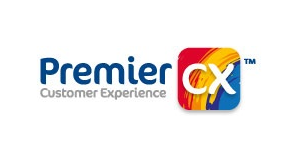
Premier CX have conducted a thorough audit of 30 of the UK and Ireland’s top energy supplier customer calling experiences. Following on from a hugely successful Water Utility research project back in the Summer of 2016, the award-winning contact centre consultants were keen to apply their pragmatic methodology across the energy supplier market. On Wednesday […]
BLUECREST HEALTH SCREENING TO BOOST CUSTOMER EXPERIENCE USING 8X8
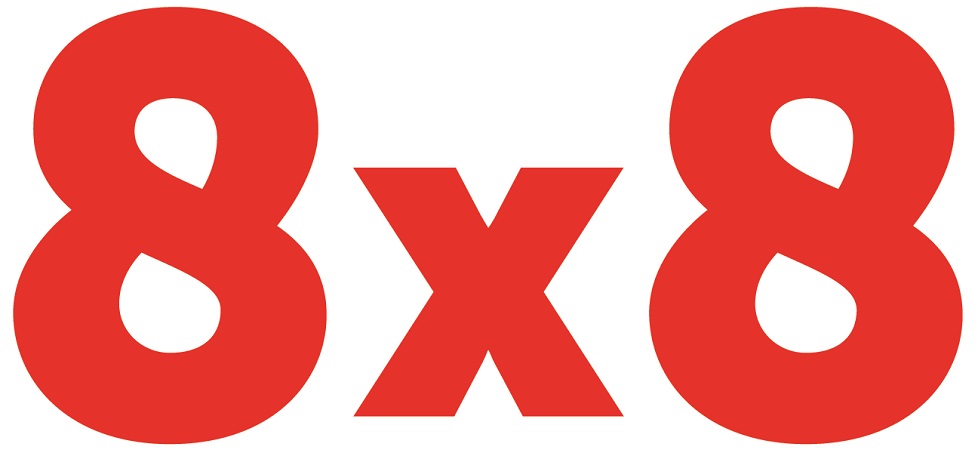
Bluecrest Health Screening is introducing cloud-based communications technology to improve the service for its customers. Adopting 8×8’s Virtual Contact Centre and Quality Management solutions will give the company’s customer service agents the tools to provide an excellent experience at every stage of an interaction. A leader in private health screening sessions for signs of illness, […]
Forum Insight: Top tips for social media success while attending B2B events
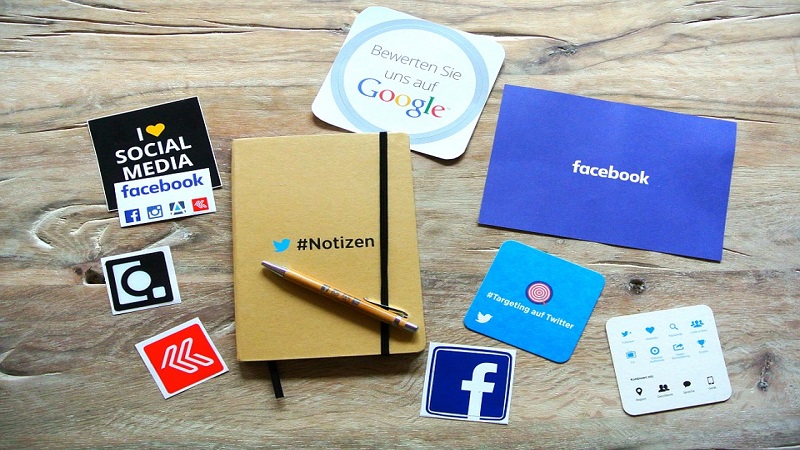
Whether you’re going to a big industry expo, specialist conference or attending one of our Forums or Summits, social media can help you get the most out of the event. So we’ve pulled together five top tips to get you going… Get yourself up to date Whether you’re an attending as a delegate […]
Contact Centres Need to ‘Communicate With Customers’
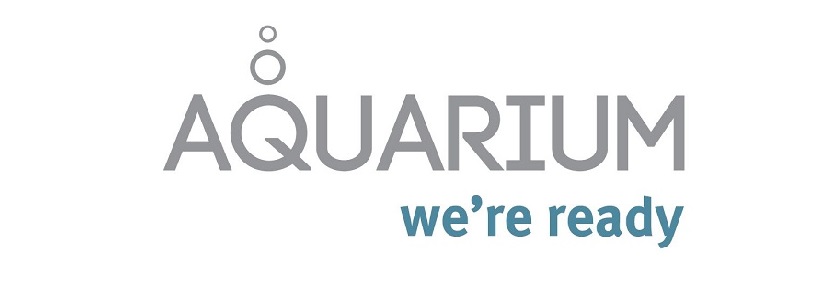
A survey has revealed that an overwhelming majority of Brits have a negative perception of call centres. 90% surveyed by Aquarium Software admitted they expect to be sold something when answering a call from a centre even though that makes up just one quarter of calls made in the industry. “These results are worrying,” according […]
5 trends transforming Call Centres in 2017

The Call Centre industry is “evolving at a very rapid rate”, according to leading industry analyst Peter Ryan. “Whether it is new technologies, alternative points of delivery or taking on the growing multitude of channels needed to communicate with today’s mobile consumer, enterprises need reliability and quality,” he claims, whilst offering his predictions for 2017 […]
Positivity Pays in 2017
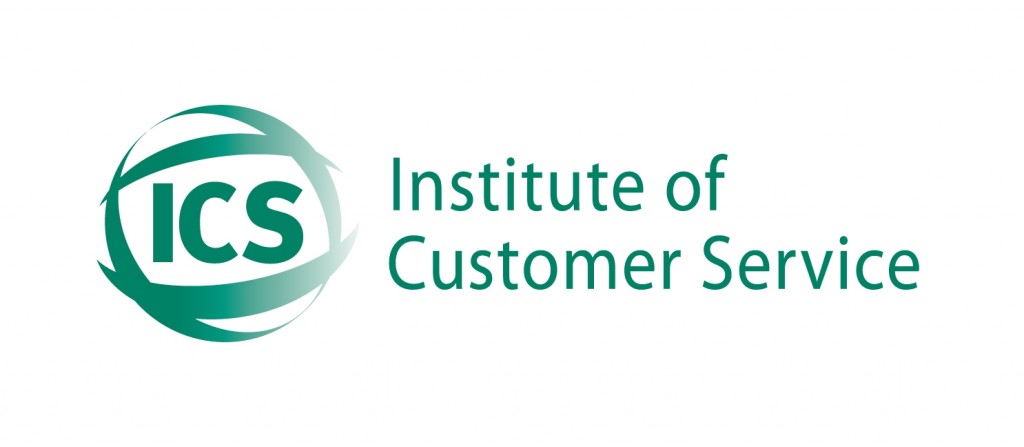
Almost three quarters of Brits anticipate a more positive 2017 than 2016, which could see an increase in public spending. A study by the Institute of Customer Service showed customers are 69% more likely to spend if they are surrounded by positivity, which could lead to good news for businesses as 73% expect this […]

